This letter was sent out to friends of the Institute for Conservation Medicine in August 2016:
Jamie, Kathleen, and I are excited to share with you a few updates from the many ICM happenings since the last update in March. The summer months are flying. During these months, we had 5 ICM interns with us, as well as two Tyson Research Center Washington University biology students and 1 high school science student. Each spent time working with our box turtle team and developing their own individual projects around a topic of interest within conservation. We feel confident that they will all pursue careers in some discipline within conservation medicine.
Staff of the ICM has also been working a great deal in the field. I traveled to Kenya in May to rekindle our partnership with the International Livestock Research Institute (ILRI) and our Kenyan collaborators. Additionally, we have submitted another camel health paper with the first author a previous ICM intern from the Mizzou MPH program as the first author. (Hopefully in our next update we will be able to share the final published work!) Also, Jamie and I both traveled with other scientists to the WildCare Institute Punta San Juan Field site in Peru. The blog from this trip is currently on the Zoo’s homepage. Or, you can read about this trip here.
I recently returned from Quito, Ecuador after a successful Galapagos tortoise field season working with Dr. Stephen Blake and our Galapagos field team. It was a packed few weeks with most of my time at the microscope reading tortoise blood slides. However, I was able to travel to one of our field sites on Alcedo Volcano, Isabela Island. This was my first time traveling to Alcedo and I can hardly describe the thrill of seeing the tortoises and vermillion flycatchers in this paradise.
Left: Vermilian Flycatcher Right: Galapagos tortoise on Alcedo Volcano, Isabela island
We have also participated in a number of conferences and have worked hard to spread the word on One Health, conservation medicine, and the health care of wildlife and wild lands. All three of us spoke at conferences from Illinois and Missouri to California and Ecuador. Many people are learning about the great health work the Zoo is doing to ensure the conservation of biodiversity and to enhance public health. Additionally, the One Health Fair we held at the Zoo with our collaborators at Wash U School of Medicine, SLU School of Medicine, and University of Illinois School of Veterinary Medicine was well attended.
Left: Andrew Bywater, LSS technician, with zoo visitor at 2016 One Health Fair Right: Group photo of One Health Fair participants
We also continue to publish in academic circles. During the first months of 2016, we published 5 journal articles and one book chapter!
1) Palmer, J.L., Blake, S., Wellehan, J.F., Childress, A., and Deem, S.L. 2016. First reported clinical Mycoplasma sp. infections in free-living three-toed box turtles (Terrapene carolina triunguis) in Missouri. Journal of Wildlife Diseases. 52: 378-382.
2) Alexander, A.B., Poirotte, C., Porton, I.J., Freeman, K.L.M., Rasambainarivo, F., Olson, K.G., Iambana, B., and Deem, S.L. 2016. Gastrointestinal parasites of captive and free-living lemurs and domestic carnivores in eastern Madagascar. Journal of Zoo and Wildlife Medicine. 47: 141-149.
3) Sheldon, J.D., Stacy, N.I., Blake, S., Cabrera, F., and Deem, S.L. 2016. Comparison of leukocyte quantification methods in free-living Galapagos tortoises (Chelonoidis spp.). Journal of Zoo and Wildlife Medicine. 47: 196-205.
4) Catenacci, L., Colosio, A., Oliveira, L., De Vleeschouwer, K., Munhoz, A., Deem, S., and Pinto, J. Occurrence of Prosthenorchis elegans (Diesing, 1861) Travassos, 1915 in free-living primates from the Atlantic Forest of the Southern Bahia, Brazil. 2016. Journal of Wildlife Diseases. 52: 364-368.
5) Deem, S.L. 2016. Conservation Medicine: A Solution Based Approach for Saving Nonhuman Primates. In: Waller, M. (ed.), Ethnoprimatology: People and Primates. Saunders, Saint Louis, Missouri. Pp. 63-76.
6) Manshack, L.K., Conard, C.M., Johnson, S.A., Alex, J.M., Bryan, S.J., Deem, S.L., Holliday, D.K., Ellersiek, and Rosenfeld, C.S. 2016. Effects of developmental exposure to bisphenol A and ethinyl estradiol on spatial navigational learning and memory in painted turtles (Chrysemys picta). Hormones and Behavior. 85: 48-55.
I hope you enjoy reading about this work. I have also included the endowment announcement which we are distributing and which will help us be able to continue with long-term conservation successes through the Saint Louis Zoo’s ICM. As always, please feel free to contact me if you would like additional information on ICM projects or a pdf of any of the above publications. And, please share this endowment opportunity with anyone you feel might be interested!
Thanks for believing in the work of the ICM and helping to make it all possible. Now more than ever we must all work together to ensure healthy animals and healthy people.



